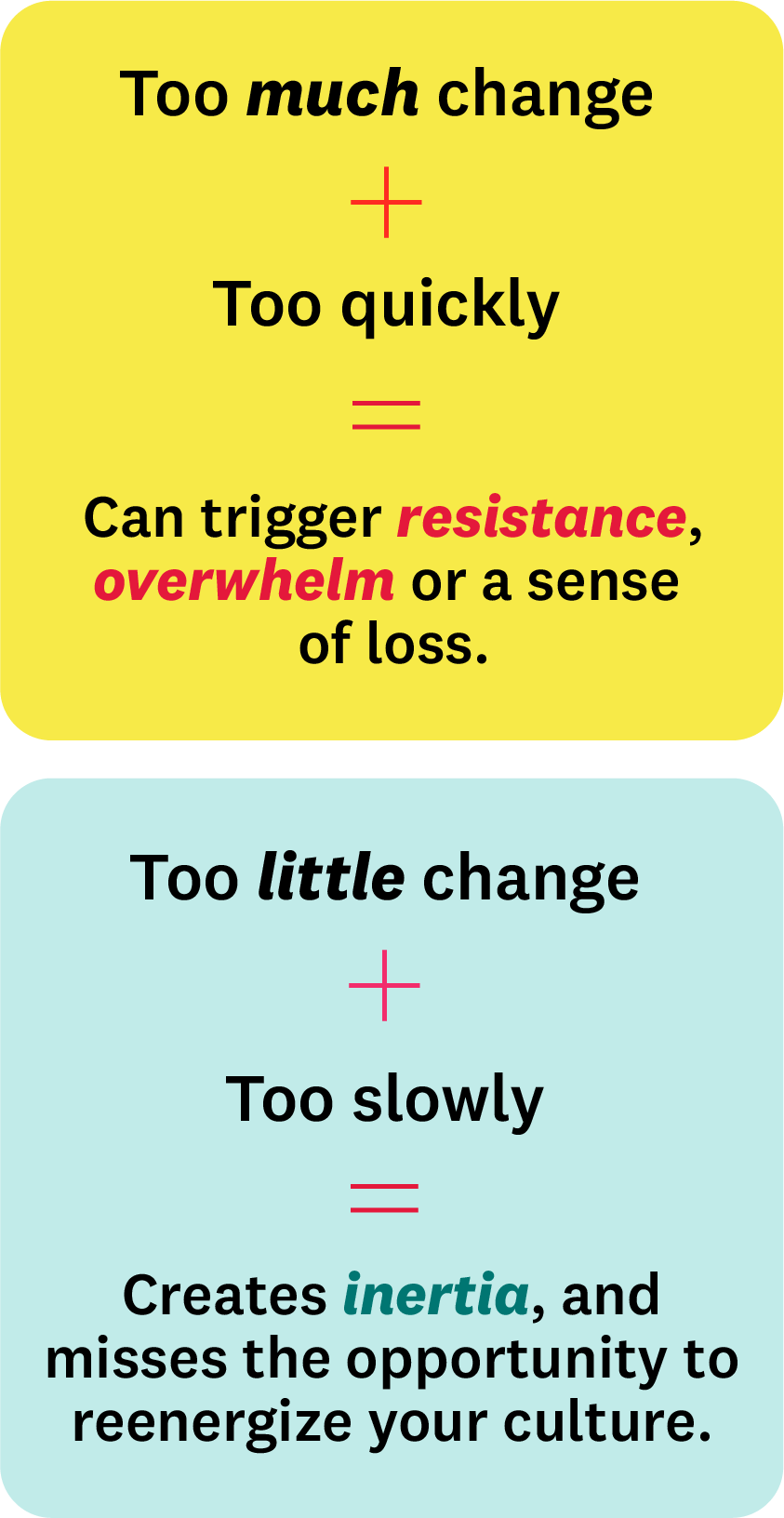Jul 28, 2025
Balancing the Past and Future: The People Side of Divestitures

For leaders and communicators, divestitures are not just strategic shifts; they are deeply human moments. While headlines may focus on financials and corporate structure, it’s the people navigating day-to-day uncertainty who ultimately determine whether a divestiture succeeds or stalls. Research indicates that employee engagement can drop by as much as 15% during organizational changes if communication and trust are not effectively managed, underscoring the critical role of leadership in these transitions.
When a company spins off from its parent, employees find themselves in a state of limbo. They are no longer part of the old organization, yet the new one hasn’t fully taken shape. Although familiar values and culture—handed down from the previous organization—may technically remain, without visible investment and intentional leadership, those connections can fade. People need more than assurances—a standalone email saying “we’re still us” will not cut it. They need to experience the creation of something new—something that has purpose, potential and a clear part for them to play.
Leadership is critical in this process. You help people process what’s ending, make sense of what’s staying and get excited about what’s beginning. This isn’t about spinning a story; it’s about guiding people through transition with clarity, empathy and vision. It doesn’t work to say that “nothing will change.” That’s not true, and people know it. At the same time, radical reinvention—leaning too hard into the newness of it all—can create fear, resistance and a sense of loss.
Finding balance is key:


This process is not just about rebranding; it’s about reconnecting. What values do we carry forward with pride? What ways of working no longer serve us? What are we building now that we never could before? The message you need to convey—both explicitly and implicitly—is that while you honor your roots, you are not standing still.
Finding the right balance between honoring the past and embracing the future is essential. Best practices suggest conducting thorough cultural assessments and involving leadership in cultural integration to ensure employees feel connected to the new vision.
Divestitures naturally generate fear, uncertainty and doubt, but they also present a unique opportunity to reset, realign and re-engage. Use this moment to actively shape your culture—invite participation, listen deeply and communicate not just the “what” but the “why.”
You must communicate often and with purpose. Gallup reports that during mergers and acquisitions (which are analogous to divestitures in terms of employee impact), 70% of organizations report that engagement positively impacts retention, and 96% of HR leaders believe there is strong evidence linking engagement to performance. The research is unambiguous: organizations that prioritize employee engagement during transformational changes see significantly better retention rates, and time that leaders invest into listening to and acknowledging fears goes a long way.
Most importantly, leaders must make people feel like co-creators of the new culture, not just passengers on a ride they didn’t choose. To foster a sense of ownership, create cross-functional teams and celebrate early successes. This approach boosts morale and demonstrates the tangible benefits of the divestiture, helping employees feel invested in the new direction.
Ultimately, the success of any divestiture hinges not on legal clean breaks or new market positioning, but on whether people feel seen, valued and inspired to build what’s next.
Don’t cling to what was, but don’t throw it all away either. Find the balance—and lead your people into something better.